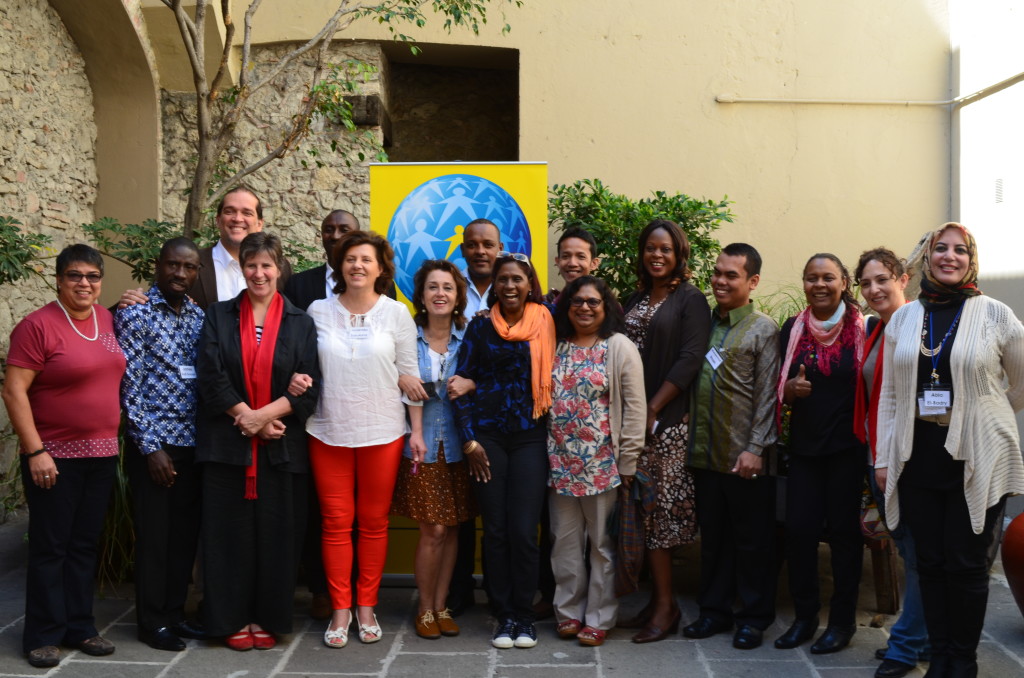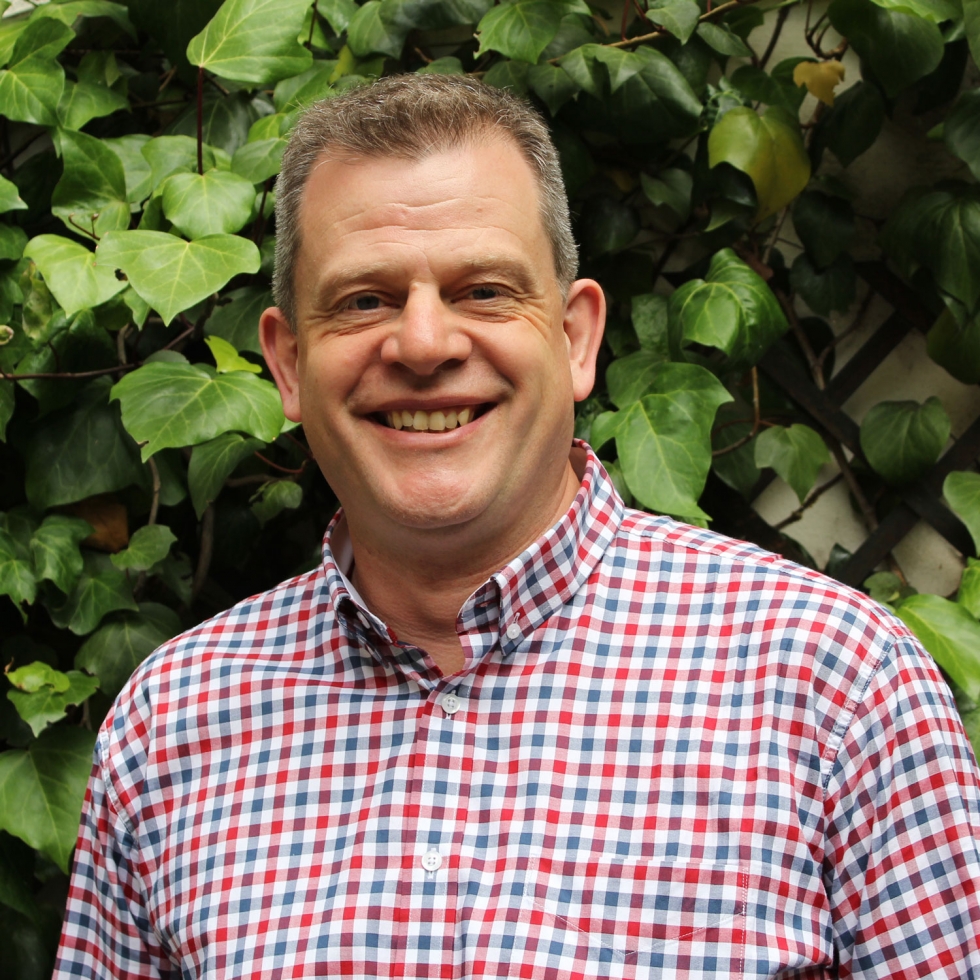A guest post by John Bines
After many years of working in partnership with a diverse set of civil society organisations and, having listened to their leaders, we at EveryChild back in 2012 felt that we had developed a clear understanding of our partners’ challenges and needs.
We understood that they needed our money, our solidarity, and our trust.
We understood that for them to move forward or, in some cases, for them to simply survive, our partners frequently had to compromise their long-term goals to meet other’s demands for short-term results. We understood that partners were extremely deft in shaping their own priorities to meet our priorities and those of others.
We understood that our partners invariably had a much better idea of the solutions required in their context. Their proximity to the challenges provided the insight so often lacking when the search for “solutions” was led from our office in London literally thousands of miles away (and metaphorically a million miles away) from those challenges.
We understood that our partners were concerned about what they saw as extractive elements of INGO activity; the portrayal of their countries and their people, and the way talented individuals were attracted away from local civil society and government.
At that time, we were also supporting the early development of a new member-led global alliance of leading national civil society organizations (CSOs) working directly with children, families and communities. The initial members of the alliance were beginning to share their expertise and their knowledge with each other and the solidarity that they felt with other members facing similar challenges far outweighed the solidarity that EveryChild could offer.
In the alliance, two established prejudices about international partnerships – namely that INGOs always push their agenda on local partners, and that CSOs lack organisational skills and leadership capability – had significantly subsided. We had reached a point at which we were confident that this new model would lead to more authentic and lasting progress towards our shared vision of a world in which every child can grow up in a safe and caring family.
For us it was the end of development and the beginning of collaboration. Going forward, the leadership would come from the CSOs themselves. The time had come to plan EveryChild’s obsolescence.

As I write this, we are on track to hand over our assets on 1st April 2017 to the now blossoming alliance, named Family for Every Child (or Family) by its members. At that point EveryChild will be finished with our work. We are in the process of communicating the changes to our supporter base and we hope and expect to convince the vast majority of them to support Family going forward. Next year, together with Family, we will commission an independent evaluation of progress and impact before the EveryChild Board makes the final decision to transfer assets.
Since 2012, whilst continuing to support the development of Family, we have been working to complete our commitments responsibly; commitments to communities, our partners, our employees, and our funders. We have endeavoured to do this in a totally transparent way with clearly stated principles. So far, this has gone well and provided a degree of affirmation for our decision.
Family is flourishing and has just completed its first year of autonomy. The Board, chaired by James Kofi Annan, Chief Executive of Challenging Heights in Ghana and winner of the 2013 World Children’s Award, is busy shaping its future priorities. Membership has grown to nineteen CSOs from 18 countries and will grow to around thirty by 2017. It has achieved its first positive outcomes for children and has established an operation in the U.S. to enable it to develop beneficial relationships there.
The response to EveryChild’s move within the aid sector has been mixed. Some have been enthusiastically supportive in welcoming it. Others, stuck within the traditional development model, have struggled to recognise the shift in paradigm. Others, I fear, see it as a potential threat to the burgeoning UK international development industry.
It is difficult to cede power. It is even more difficult to contemplate that the most vital knowledge and expertise might sit somewhere other than in policy departments and boardrooms.
Whilst we remain convinced that this has been the right move for EveryChild, we would never presume or even suggest that it is the right move for others. However, I think most of us know, deep down, that INGOs face a choice between changing and being changed. For some, like EveryChild, I believe that the real choice was between planned and unplanned obsolescence.
Whilst money can clearly buy influence, it simply cannot buy legitimacy. The only advice I would offer an INGO, as it seeks its own way through these changes in our sector, is to listen carefully to the civil society leaders living and breathing the challenges and finding solutions: Ask them what they need and what they don’t need. Then take their lead.
***
John Bines was appointed EveryChild’s Chief Executive in September 2014 after three years as Director of Fundraising and Communications. Previously John was Director of Fundraising and Communications at Sightsavers and Director of Fundraising at Save the Children UK. Before joining Save the Children in 2003, John spent 18 years working in the insurance sector with AXA and Lloyds Bank, amongst others.
***
Related Posts
White supremacy, black liberation, and global development: The conversations we’re not having
Are the jobs of communicators changing in the development sector?
Do we need a network of Southern NGOs to improve humanitarian aid?
How to reframe the #globaldev message: Local organizations telling their own story
Is there a better way for indigenous and international NGOs to work together?



Pingback: The era of international development mutants – Technology Up2date
l am XXX from Liberia and i am in 9th grade who in need of financial assistance in order to finish my high school because I am a low-income student. I am the 1st child to reach 9 grade. I received a limited financial assistance due to low family income. However, I am facing more challenges on financial need.The scholarship can help me further my professional training, help me accomplish my current goal ,and certification goals that I have set for myself and will in turn help me start a true career and , can also be used to assist me pay for my courses this coming academic. I believe my education and experience fits nicely with the scholarship requirements, and I am certain that this scholarship will make a significant contribution to my continuing education.Therefore, I would greatly appreciate a helping hand so that I can successfully obtain my careers
Be bless